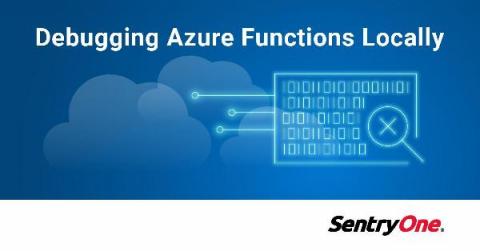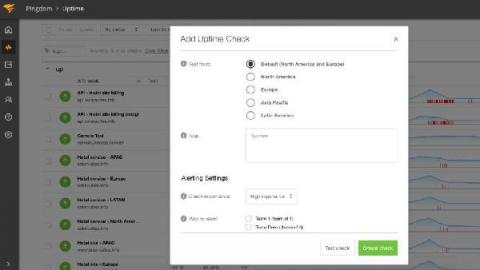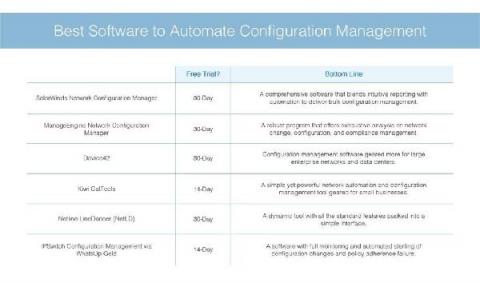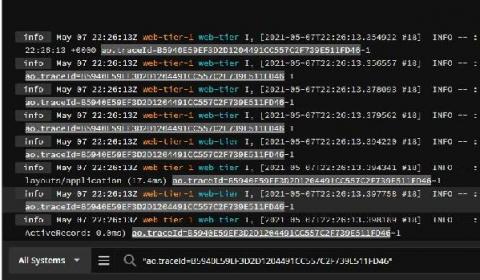End-User Monitoring for IT Operations Monitoring
I’ll be the first to admit one of my weaknesses is public speaking. I spend hours before a training session, online seminar, or live event rehearsing exactly what I want to say and how I want to say it. But all my time spent practicing an engaging presentation only mildly prepares me for the moment I’m in front of others and it’s my time to speak.











